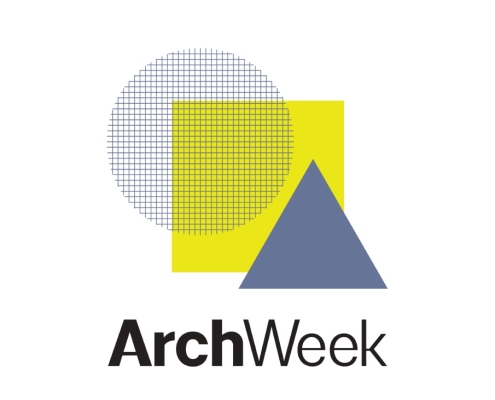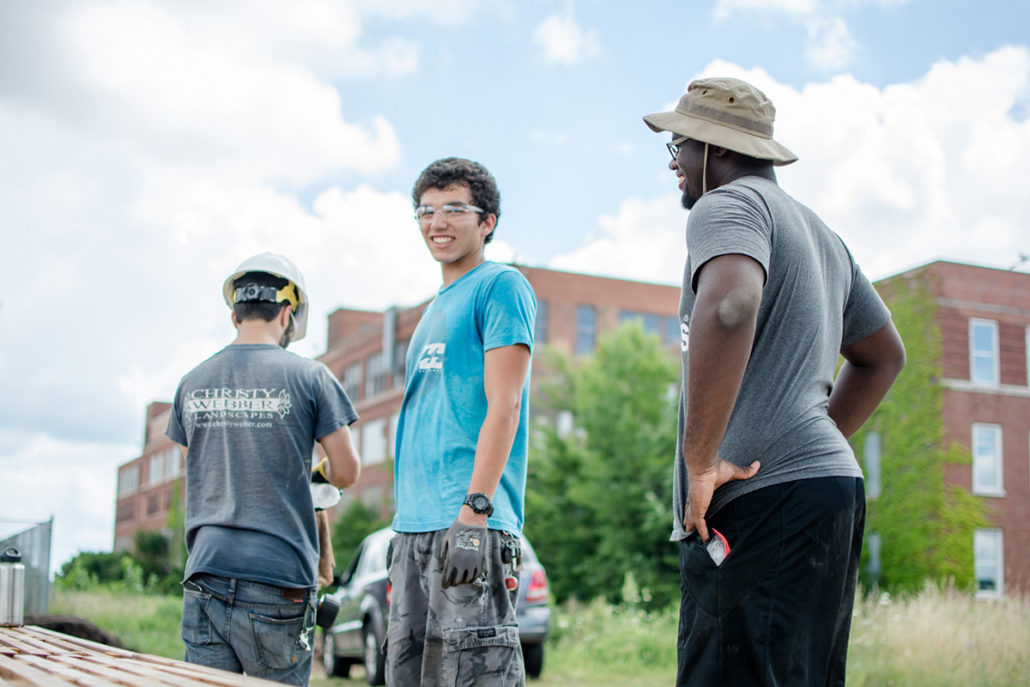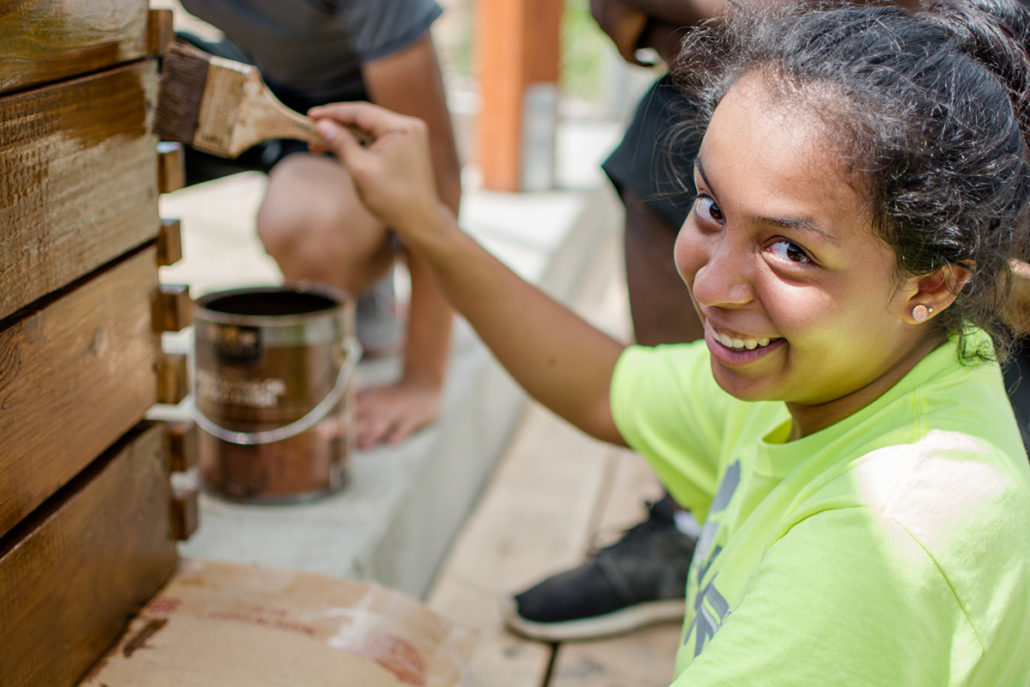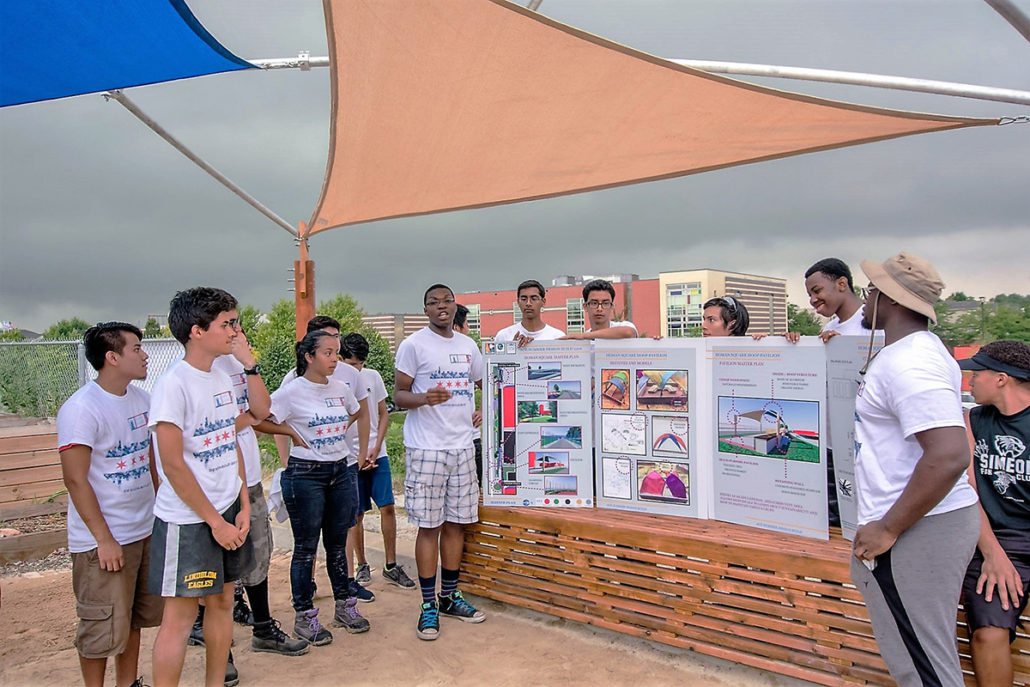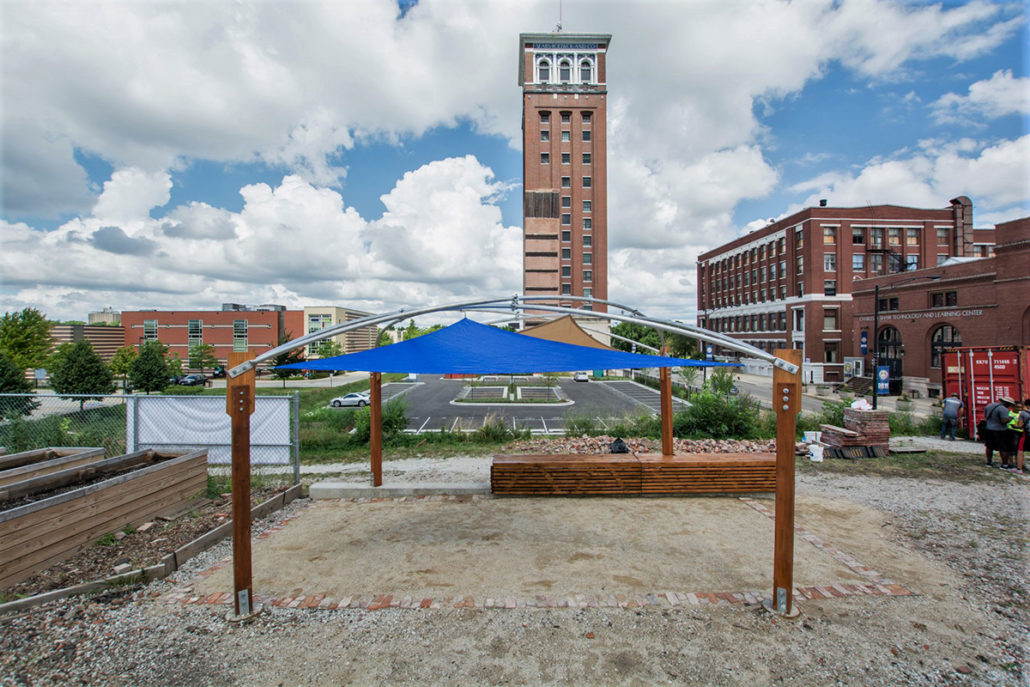Celebrate Architecture Week 2025 with AIA
This week (April 13-19, 2025), the American Institute of Architects (AIA) celebrates Architecture Week, a nationwide campaign that aims to inspire the next generation of architects (including you!). Architecture Week invites architects and design professionals to share the wonders of architecture with their local communities–with a special focus on K-12 students.
This year, AIA set a goal to reach over 15,000 K-12 students through outreach and activities. The organization plans to engage students through at least 60 chapters, 120 architecture firms, 350 AIA members, educators, parents, community members, and social media (via AIA).
Here are three ways you can join the festivities:
1) Connect With Your Local AIA Chapter
AIA has over 200 chapters in the United States and abroad. Many chapters are planning exciting activations and events for K-12 students in their communities.
20 AIA chapters received 2025 Architecture Week grants to support their community initiatives. AIA California’s Architecture by the Book program introduces children to the world of architecture through classroom visits, book readings, presentations from diverse architects, and other creative activities. AIA Blue Ridge is hosting their annual Kidstruction LEGO event at the Taubman Museum of Art. This free event invites students of all ages to create a city using over 40,000 LEGOs and 300 cardboard bricks. Over in Missouri, AIA St. Louis has various activities scheduled throughout the entire week, ranging from student educational workshops to coffee chats with architects.
These are just a few examples of the amazing events happening during Architecture Week. Click here to find your local chapter and see what they have planned!
2) Join a Mentorship or Ambassador Program
AIA supports various mentorship programs, including the ACE Mentor Program and the National Organization of Minority Architects (NOMA)’s Project Pipeline. According to its website, ACE has a mission to “engage, excite, and enlighten high school students to pursue careers in architecture, engineering, and construction through mentoring and continued support for their advancement into the industry.” The organization achieves its goal by providing scholarships, internships, and mentoring for students as they pursue career pathways in the industry.
Project Pipeline empowers students by providing hands-on experience through fun exercises where they draw, build models, do research, go on site visits, and more. The program exposes students to the cultural, social, and historical implications of architecture, along with the many ways architecture plays a role in their everyday lives. Through Project Pipeline, NOMA provides summer camps for 6th-12th graders of color across the country. Click here to find a Project Pipeline summer camp near you.
AIA also supports the She Built Foundation, which offers an Ambassador Program for young girls interested in learning more about the building and construction industry. She Built provides student ambassadors with books and other resources that will allow them to introduce stories and activities to elementary school students.
These programs can give students like you the opportunity to gain hands-on experience. By pairing with a mentor or becoming an ambassador, you’ll be able to gain firsthand knowledge of the field and develop lifelong relationships. You never know—these connections may even help you as you apply for colleges, internships, and jobs.
3) Browse AIA’s K-12 Resources
If you’re looking for fun, interactive architecture and design resources, AIA has just what you need! The organization’s K-12 Initiatives Page includes a treasure trove of activities, YouTube channels, online courses, and more. Having access to this resource library will allow you to build your skills and learn more about the field on your own time. The site also includes an interactive map where you can find opportunities near you.
Overall, Architecture Week is a great way to learn more about the field and participate in local events. Whether it’s a meet and greet with an architect in your area or signing up for a mentorship program, we hope this week encourages you on your architecture journey. Be sure to follow AIA on Instagram to stay tuned for updates!

